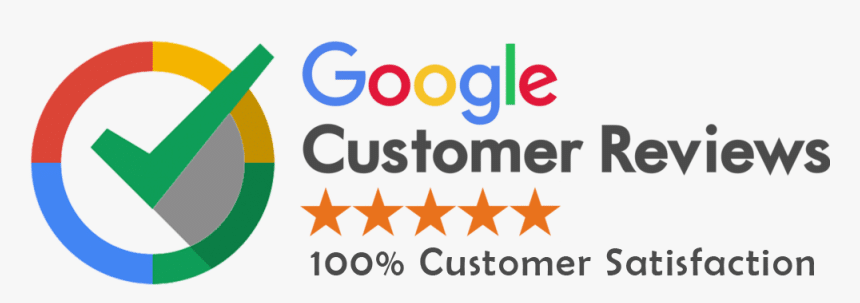How to Design a Successful Website. When it comes to websites, everyone has an opinion. Some people think that all you need is a simple template and the rest will magically fall into place. Others claim that if your site doesn’t look like something from an early 2000s Nickelodeon show, then it won’t do well. Still, others argue that only the most complicated and difficult sites will drive traffic. The reality is that the design of your site should be reflective of your business, not just some generic template that looks nice on Pinterest but doesn’t get people to actually buy your product.
If you are passionate about what you do, then chances are it has changed or will change the world in some way. It’s also possible that you want to get paid for your efforts, and everyone needs money to keep the lights on and food in their bellies. Unfortunately, if you don’t know what you’re doing when it comes to web designing in dubai, then the chances of making any sales are very slim indeed.
Fortunately, there is a solution: learning website design from scratch! In this post, we will go over some basic design principles and how to create a successful website that does something.
You don’t need to spend thousands of dollars on web design.

Pixabay – public domain images
The first thing you’ll need for your new site is an idea! It’s okay if the site isn’t completely fleshed out, but you should have a general understanding of what you want your website to do. Do you want to sell products? Showcase your work? Provide information? Once you know what you want your site to do, it’s time to start planning the layout.
One of the most important things to keep in mind when designing your site is that it should be simple to navigate. If your site is difficult to figure out, then visitors will bounce off before they can even see what you have to offer. They’ll hit the back button and go somewhere else because your layout wasn’t intuitive enough for them to feel comfortable exploring your site.
Make sure that your site is easy on the eyes
A good way to avoid this problem is to make sure that your site is easy on the eyes. This doesn’t mean making it look like a children’s website, but using basic design principles to make it visually appealing. You can use color, typography, and whitespace to make your site more inviting and easier to navigate.
Your website should also be easy to use.
In addition to being easy on the eyes, your website should also be easy to use. Everything should be where the visitor expects it to be, and they shouldn’t have to hunt around for information. If you’re selling something, then chances are that your customer will want to add it to their cart and check out as soon as possible. You don’t want them getting frustrated because they can’t find the “add to cart” button, so making it the first thing they see should be a priority.
If you don’t know what you’re doing, then hiring a designer will probably be your best option because their experience can save you time and money in the long run. But you can learn how to design a website yourself by following simple instructions. Nobody can teach you exactly how to drive, but they can show you what the steering wheel, pedals, and gear shift do. Their instruction will allow you to figure out where everything is on your own.




